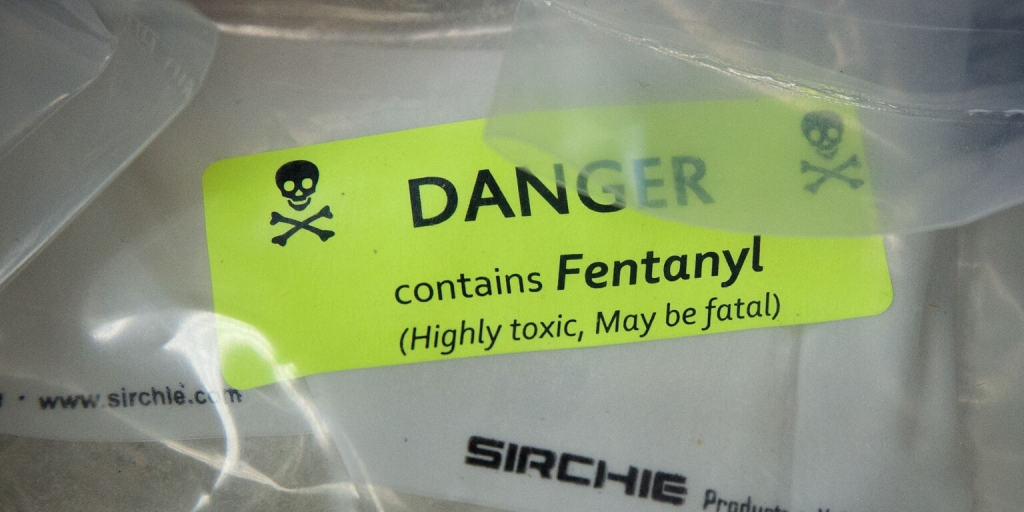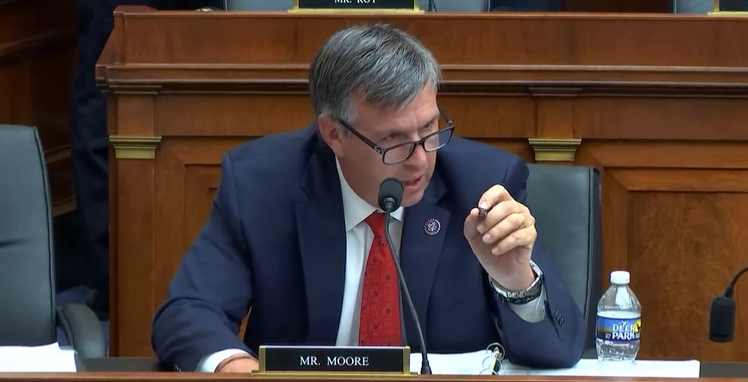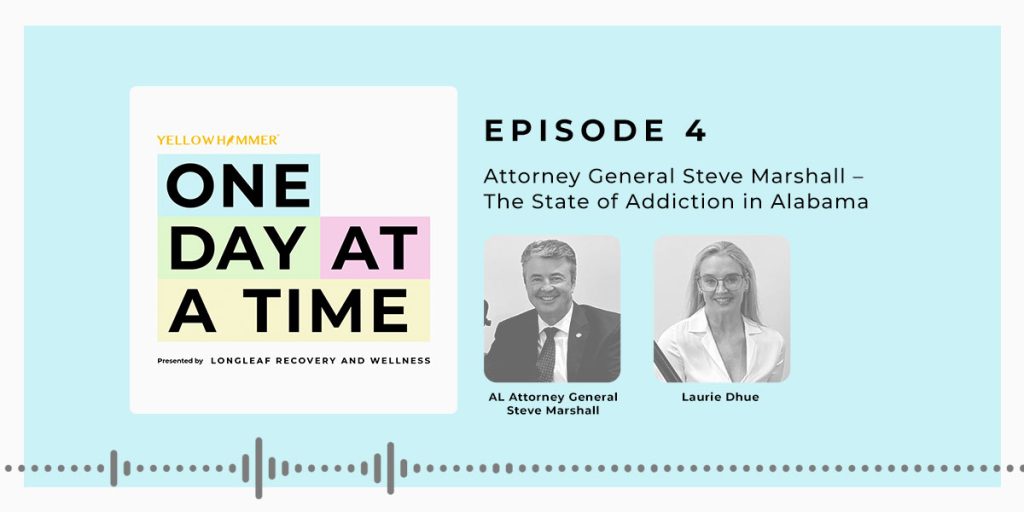The opioid epidemic has left a trail of death and destruction as it has metastasized throughout virtually every corner of the United States, discriminating against no one in its quest for absolute devastation of families and communities nationwide.
While Alabama is certainly not alone in its battle against the deadly catastrophe, it has emerged as one of the nation’s most severely impacted states. The epidemic, while being no stranger to urban America, tends to claim a higher rate of victims residing in poorer, rural populations.
This fact is demonstrated particularly by the epidemic’s disproportionate effect in areas with higher concentrations of working class individuals such as Alabama’s Appalachian and Wiregrass regions. However, the lethal crisis has forged a fateful path all throughout the Yellowhammer State, claiming the lives of individuals representing all demographic criteria, with no regard for color, class or creed.
The Data
According to the Centers for Disease Control and Prevention (CDC), Alabama’s predicted number of drug overdose death cases experienced a 31.4% increase from the previous 12-month period. For the 12-month period ending April 2020, the state held a predicted death toll of 845 and increased to 1,110 for the following period.
Alabama’s overdose death case increase of 31.4% sits higher than that of the national average, which is up 28.5%. CDC advises that the agency’s statistics are provisional as the number of deaths stemming from drug overdoses are commonly underreported.
Compare the statistics to those of just six years ago, during which Alabama saw a predicted death toll of 742 cases for the 12-month period ending January 2015. This represents nearly a 50% increase in fatal drug overdoses over the course of six years.
While data shows that Alabama physicians of late are prescribing fewer and safer doses of opioids, the state has consistently ranked among the highest in opioid prescriptions. The National Institute on Drug Abuse in 2018 reported that Alabama providers wrote 97.5 opioid prescriptions for every 100 individuals, which was the United States’ highest prescribing rate and nearly double the average national rate of 51.4.
Contributing Factors
While overprescribing, drug diversion and misuse are certainly atop the list of main factors which have fueled the epidemic; a litany of other issues exist that have served to exacerbate the crisis.
CDC data shows that an estimated 100,306 Americans fell victim to drug overdose following the initial wave of COVID-19. Many experts suggest that the coronavirus pandemic era further intensified the epidemic by way of the emotional and mental distress that accompanied it.
As individuals across the nation were forced into isolation, lost their jobs, suffered financial setbacks and lost loved ones, some resorted to illicit drugs as a form of self medication to cope with the pandemic-induced hardships.
According to the US News and World Report, synthetic opioid fentanyl spiked during the height of the pandemic. While the drug utilized for breakthrough pain is a legally manufactured drug in the United States, illegal trafficking of fentanyl has risen significantly in recent years.
The U.S. Drug Enforcement Administration (DEA) advises that the primary source countries from which the drug is trafficked are China and Mexico. According to statistics provided by U.S. Customs and Border Protection, the total weight of illicit fentanyl seized at the southern border in fiscal year 2021 amounted to 11,201 pounds. This represented a 133% increase from the previous fiscal year, when 4,791 pounds of the drug were seized.
Many state governmental entities have placed blame for the opioid crisis at the feet of some of the nation’s largest pharmaceutical manufacturers and distributors.
Perhaps the most prominent case was that of drug manufacturer Purdue Pharma. Earlier this year, the disgraced pharmaceutical company was dissolved in a bankruptcy settlement after years of peddling the highly-addictive painkiller, Oxycontin. The opioid was presented by the company as a safe drug to treat breakthrough pain.
Purdue, allegedly with assistance from consulting giant McKinsey & Company, engaged in a mass marketing scheme encouraging physicians to issue large volumes of high dose prescriptions in an effort to achieve profit maximization.
Legal Action
The State of Alabama, led by Attorney General Steve Marshall, has sought legal recourse against entities it had identified as playing a role in amplifying the Yellowhammer State’s opioid crisis.
Earlier this year, Marshall had announced that Alabama would receive over $9 million as part of a multistate settlement with McKinsey & Company over its alleged role in the state’s epidemic. The attorney general in October awarded $1.5 million of settlement funds to the state’s specialty courts.
According to Marshall’s office, the settlement funds will be utilized “to remediate the harms caused to the state and its citizens by the opioid epidemic” and “to recover the costs incurred by the state in investigating and pursuing its claims” against the consulting firm.
Reuters recently reported that the State of Alabama had reached an agreement to settle its case against drug manufacturer Endo International. According to the outlet, the state alleged that Endo lacked transparency surrounding the addictive nature of its painkillers. Additionally, it claimed that the pharmaceutical company had partook in misleading marketing activity regarding the drug’s benefits.
Marshall opted out of joining a $26 billion nationwide settlement with pharmaceutical distributor McKesson, along with two other distributors and drug maker Johnson & Johnson. According to Reuters, the attorney general’s office indicated that it would “pursue its own legal strategy to best address the impact of the opioid crisis on Alabama.”
The State of Alabama has reportedly accused McKesson of failing to avert opioid diversion. The matter is currently pending as settlement negotiations are ongoing.
Treatment
Substance abuse recovery programs are offered throughout Alabama for those battling drug addiction. The Alabama Department of Mental Health (ADMH) contracts with community-based entities across the state that provide outpatient and residential services for individuals struggling with an array of issues, including drug addiction.
According to ADMH, services are offered through state funded providers at variable costs based on income. The department advises that the sliding fee scale enables low-income individuals to receive treatment at little to no cost.
Providers offer adolescent, adult, women’s and co-occurring services as well as medication-assisted treatment options for those dealing with substance abuse disorders. Click here to find existing providers.
Contact ADMH via telephone at 1-844-307-1760 or email [email protected] to learn more about available treatment and rehabilitation options.
Dylan Smith is a staff writer for Yellowhammer News. You can follow him on Twitter @DylanSmithAL












